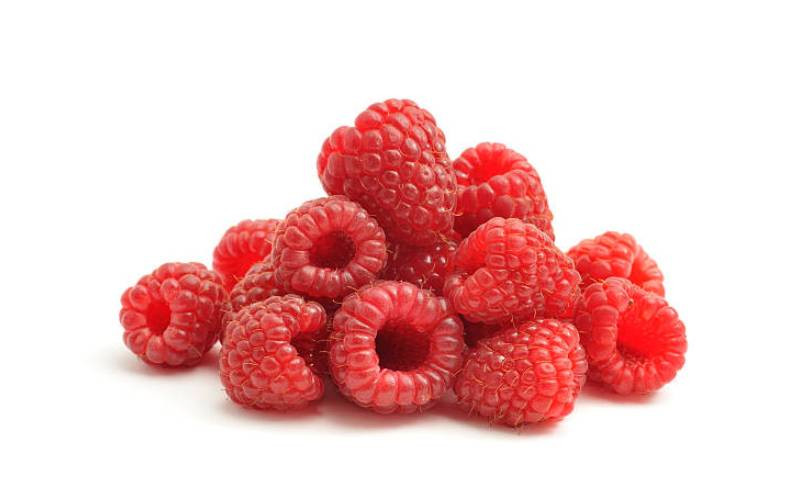
Deep in the wilderness, a vibrant and succulent wild berry known as raspberry exists.
It originated from the forests of Europe and Asia and it found its way into the Kenyan wilderness, accompanied by nothing by its overall beauty.
If you don't know, they grow on thorny, woody shrubs, bearing clusters of small drupelets that make up the characteristic raspberry structure.
They belong to the Rubus genus and are widely known for their sweet-tart flavour and vibrant red or black hues.
Raspberries come in several varieties, including red, black, purple, and golden with each type having its unique flavour and culinary use.
These berries have a high vitamin C content that is responsible for collagen production hence contributing to healthy and radiant skin.
Raspberries are an excellent source of dietary fibre, which aids in digestion and promotes a feeling of fullness.
Additionally, raspberries contain various phytonutrients like quercetin and ellagic acid, known for their potential health benefits, including anti-inflammatory and anti-cancer properties
- Make food toddlers will eat without a fight
- Myth or truth? The okra water magic
- Four practices that minimise risk of food poisoning
- Easy recipe: Pide 'Fatayer' Turkish flatbread
Keep Reading
For their reproduction, they rely on bees and other pollinators which play a crucial role in ensuring a bountiful raspberry harvest.
 The Standard Group Plc is a multi-media organization with investments in media platforms spanning newspaper print
operations, television, radio broadcasting, digital and online services. The Standard Group is recognized as a
leading multi-media house in Kenya with a key influence in matters of national and international interest.
The Standard Group Plc is a multi-media organization with investments in media platforms spanning newspaper print
operations, television, radio broadcasting, digital and online services. The Standard Group is recognized as a
leading multi-media house in Kenya with a key influence in matters of national and international interest.

